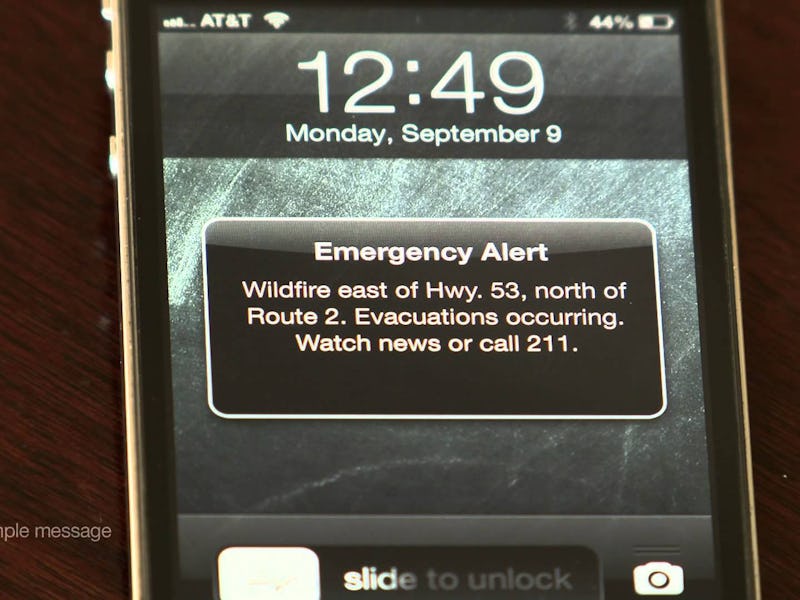In a majority vote on Thursday, the Federal Communication Commission decided to update its Wireless Emergency Alerts system. Updates to the system, which was launched in 2012, will include mandatory transmission of Spanish language alerts and more precise geographic delivery. The update will also update the maximum length of alert messages from 90 to 360 characters and require 4G LTE networks to allow for embeds in the messages.
On September 18 the WEA system alerted New Yorkers to details of the suspect in the Chelsea bombing. But it also alerted the public to a fact that FCC has been aware of since last November: the emergency alert system is technologically antiquated.
New Yorkers were alerted to these details of the Chelsea suspect.
“Vague directives in texts on where to find more information on a suspect — just as we saw in New York — aren’t enough,” said Commissioner Jessica Rosenworcel.
The system faced heavy criticism after the New York alerts for spurring on a panic caused by “racial profiling.”
The increased geolocation precision mandated by the FCC will not only better inform the public but hopefully increase opt-in rates for the service.
“Receiving an irrelevant message just isn’t an annoyance, it undermines the effectiveness of the system,” said Commissioner Ajit Pai. He cited the tens of thousands of residents in Louisiana who ignored warnings for last month’s flooding because they assumed, like previous alerts, the messages were only meant for houses in previous flood zones.
According to Pai, the city of Seattle has opted out of the WEA system altogether and it’s rarely used in Houston because of the over-notification problem.
But the feasibility of having providers introduce the necessary technology in a timeline of “a year to 30 months” was a concern for FCC Commissioner Michael O’Rielly. He cited the testing and regulatory benchmarks that providers would have to meet as a hindrance to the process.
“The technology lags behind the hype,” O’Rielley said. “Technology can’t keep up with public safety.”
CTIA, an association that represents wireless carriers, is already testing how the functions proposed by the FCC would work.
“The wireless industry is preparing a trial to determine if multimedia capabilities, like photos and videos, could be included in future alerts in a manner that does not cause harmful network congestion or technical issues,” Brian Josef, CTIA’s assistant vice president of regulatory affairs, told Inverse earlier this month.
The FCC also hopes to expand the messaging system to languages beyond English and Spanish and expand testing opportunities for state and local authorities.
